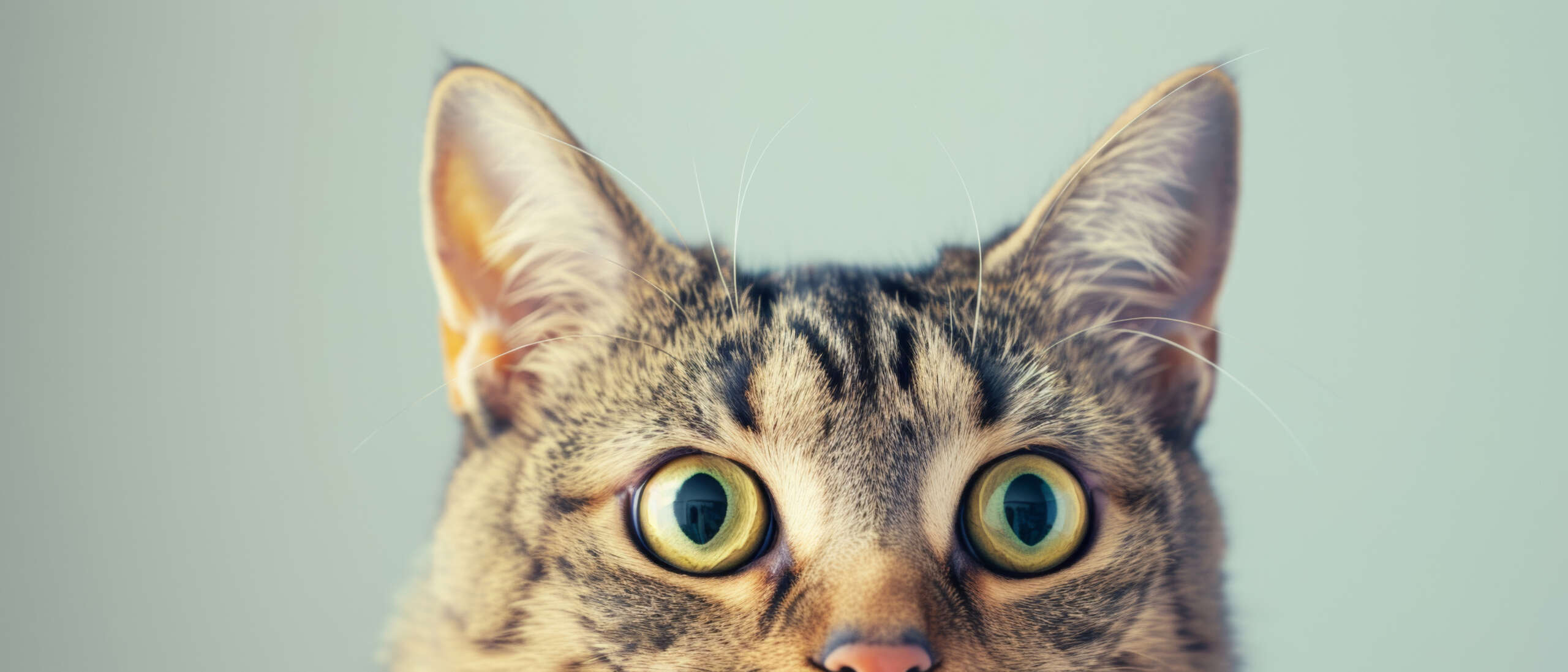Share This Article
Like human fingerprints, every cat’s facial markings tell a unique story. From the distinctive “M” on a tabby’s forehead to the sophisticated patterns of bi-colored cats, these natural designs aren’t just beautiful – they’re fascinating windows into your cat’s genetics and heritage.
Common Types of Facial Markings
The Classic Tabby “M”
Perhaps the most famous facial marking in the cat world is the distinctive “M” pattern on tabby cats’ foreheads. This marking has inspired numerous legends and myths:
- Some believe it represents the blessing of the Virgin Mary
- Others associate it with the word “Mau,” the Egyptian word for cat
- Scientific explanation: It’s a natural pattern formed by the tabby gene
Mask and Mantle Patterns
These sophisticated patterns are often seen in pointed breeds like Siamese and Ragdolls. The “mask” refers to the darker coloring around the face, while the “mantle” extends this color down the back like a cape.
Bi-Color Patterns
These striking patterns create distinct divisions of color on a cat’s face:
- Split-face: Where the face is divided into two distinct colors
- Blaze: A white stripe running up the nose and forehead
- White mittens: White markings around the mouth and chin

The Science Behind Face Markings
Complex genetic factors determine your cat’s facial markings:
Pigmentation Genes
Different genes control:
- Base coat color
- Pattern distribution
- Color intensity
- Special markings
Temperature-Sensitive Enzymes
In some cats, particularly pointed breeds, facial markings are influenced by temperature. Cooler areas of the body develop darker coloring, creating distinctive facial patterns.
What Your Cat’s Markings Might Tell You
Face markings can offer fascinating insights into your cat’s background:
Breed Heritage
Certain patterns are strongly associated with specific breeds:
- Point markings: Siamese ancestry
- Solid masks: Persian lineage
- Distinct tabby patterns: Domestic shorthair genetics
Age Indicators
Some facial markings can change over time:
- Kittens may develop darker markings as they age
- Senior cats might show greying around specific facial patterns
- Pattern intensity can shift with seasonal changes
Caring for Cats with Distinctive Markings
Keep your cat’s unique facial features looking their best with these tips:
Grooming Considerations
- Use appropriate cleaning techniques for different marking patterns
- Pay special attention to light-colored areas
- Watch for any changes in marking appearance
Photography Tips
Capture your cat’s unique facial markings:
- Use natural lighting when possible
- Focus on capturing both sides of bi-colored faces
- Take photos at eye level for the best results
Health and Markings
While facial markings are typically just beautiful natural features, sometimes changes in their appearance can signal health issues:
- Sudden pattern changes might indicate skin problems
- Loss of pigmentation could suggest nutritional deficiencies
- A veterinarian should check asymmetrical changes
Celebrating Your Cat’s Unique Beauty
Every cat’s facial markings contribute to their charm and personality. Whether your feline friend sports the traditional tabby “M” or a unique pattern, these markings make them one of a kind.
Understanding your cat’s facial markings isn’t just about appreciating their beauty—it’s about knowing what’s normal for your pet so you can better monitor its health and well-being.


